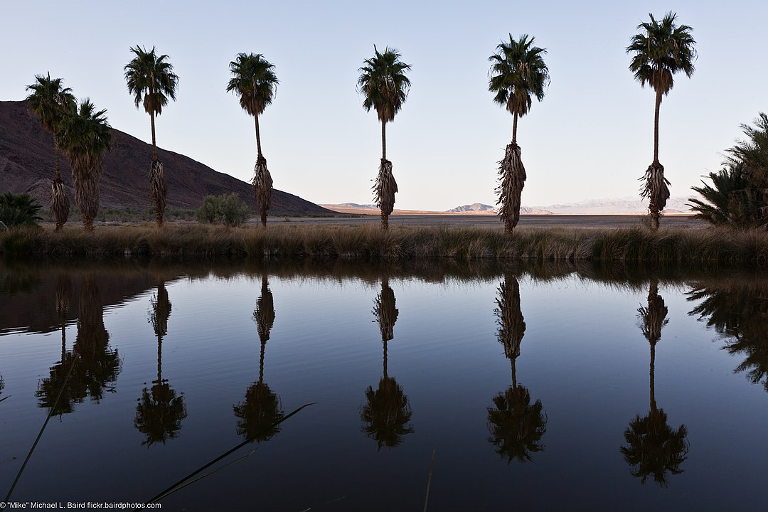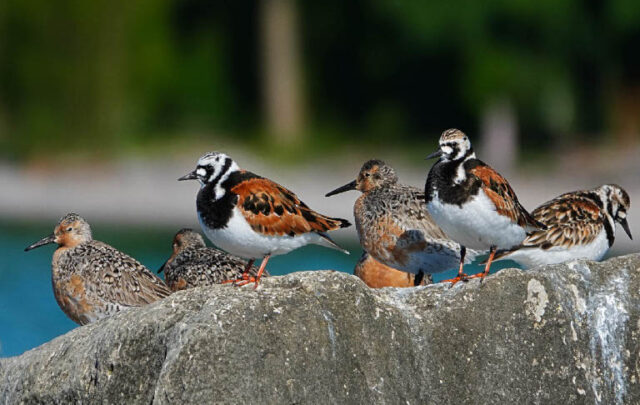What is the Climate Movement’s State of Play?
The climate movement has excelled at resistance but is missing a crucial, essential element: a focus on repair. It is clear about what it is against, but largely mum on a restoration project equal to the scale of climate change damage. Unlike the anti-war movement, it lacks moral and spiritual power. We are shown images of the beauty of the earth and the losses of the world we and our kin were born into, but mostly to awaken individuals to act. If you love this earth, the message suggests, you will change your habits and join the resistance.
With the climate movement solely a resistance and energy transition movement, we are missing the importance of spotlighting the self-nourishing, self-healing, self-restoring, self-generating ecosystems of the earth herself. We are fighting symptoms without an equally massive movement for restoring health where we can—an immense undertaking considering degraded and degrading landscapes. We may be choking the fossil fuel economy and heading into the lair of late-stage capitalism, but what are we building or growing or repairing at an equal level of scale for restoring the very living earth our lives depend on?
“System Change, Not Climate Change”?
We certainly need system change, but most system change has to do with dimensions of human civilization gone awry—democracy, justice, infrastructure, food production, finance. Our work is now laced with grief that almost everything is too little too late, hoping we still can save a remnant of the beauty, intelligence, and glue of our human presence on the planet.
I am not saying this is wrong. I want to do all of this as well, and I work daily on it. However, it misses the true heart of the matter: that we humans act upon the earth for our benefit, but we do not act with the earth for healing all life. What is the earth healing path?
John Liu, for example, worked with a degraded plateau in China and documented the process of bringing it back to life, relying on permaculture/agroforestry methodology. Now he’s talking about global-scale ecosystem restoration. Geoff Lawton as well has been applying permaculture techniques for over thirty years on six continents in over fifty countries. These examples offer a global-scale restoration context that can link together the hundreds of thousands of smaller-scale applications of the science and practices that heal landscapes and abate the climate consequences of industrial growth.
Take the Standing Rock protests against the Dakota Access Pipeline in North Dakota in the United States, for example. It was a resistance movement with a prayerful, spiritual methodology to protect not just one river endangered by the proposed pipeline, but a way of life for indigenous people historically and spiritually woven into the landscapes that literally are them. The hundreds of thousands of people who participated—either directly or through massive financial, spiritual, and political support—were transformed spiritually by a welcome into the Lakota way. The reward was participation in something noble, intimate, relational, and morally fitting. They were healers as well as resisters.
The Lakota, and most indigenous and land-based peoples, are not natural activists. Their worldview is to include all life, not impose on others. While there are growing Indigenous-led movements now, and I pray for more, movement building at a global scale is not their forte.
The climate movement has the numbers, momentum, and movement-building capacity, and, energized by inflamed youth, it can win the stopping game. Now, I call for the movement to take a step further by adopting “Earth Repair” as an integrated complementary focus and action. Take to the streets and then take to the degraded hills and valleys, coordinated and informed by global-scale projects like the ones mentioned above, and many more.
The climate movement has attracted attention and financial support, which is being burned through for resistance. What if equal support—financial, movement building, and knowledge dissemination in areas like permaculture and agroecology—could be generated for Earth Repair? What if we scaled repair along with resistance?
Water is Life. Soil is life. “Keep it in the ground” is not just about fossil fuels. It is about sequestering CO2 in soils and preserving freshwater resources by nurturing retention landscapes. Adding this meme to the resistance movement will not spare the living from the severe challenges ahead, but can plant the gardens that we may never see ourselves. #DivestOilInvestSoil. So my vote is to highlight the living systems of the earth—and Earth Repair as our common healing North Star—in an inclusive climate movement.
Do We Need a Meta-Movement?
Absolutely. Earth Repair is a vast project needing millions of hectares conserving water, cooling the air, drawing carbon back into the soil. It is not going to happen one garden or farm at a time. With enough demonstration projects already in our library of solutions, what we need is scaling up (more money, visibility, laws, organization) and scaling sideways (working on specific landscapes with specific plants, soils, and water flows within integrated ecologies.) This work can employ millions of people across all continents who would gladly stay on their ancient lands if they were restored.
Earth Repair is inherently a justice movement, as degraded landscapes drive migration and limit economic opportunities for the poor. When we talk of justice and people having enough, we often talk of jobs. But people on the front lines of Earth Repair just need some support to do the work of restoration so that their landscapes will support them and future generations.
Teaser photo credit: By Mike Baird from Morro Bay, USA – CA Fan Palms Reflect in Lake Tuendae Oasis at ZzyzxUploaded by PDTillman, CC BY 2.0






